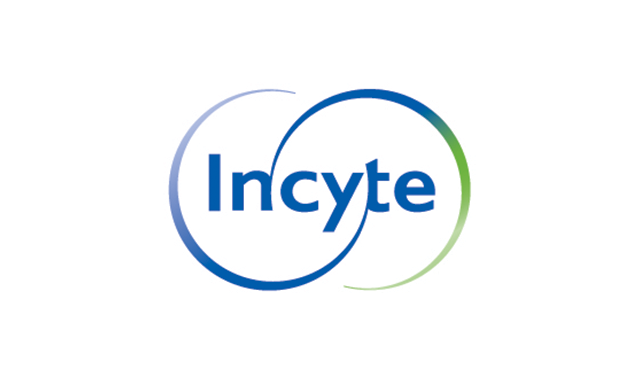An analysis of patients with myeloproliferative neoplasms (MPN) has revealed that pulmonary hypertension (PH) is associated with an increased risk of hematologic progression and major adverse cardiovascular events (MACE). Orly Leiva, MD, an advanced heart failure and transplantation fellow at the University of Chicago, will present results that shed light on the pathophysiology behind PH and MPN progression, including an association between preserved right ventricular (RV) function and higher MPN progression, during the 66th American Society of Hematology (ASH) Annual Meeting and Exposition.
Dr. Leiva and colleagues designed the retrospective study to examine the connection between cardiology and MPN and determine whether the relatively common transthoracic echocardiographic (TTE) procedure can predict MPN progression. The study included 555 patients, 42.7% of whom had polycythemia vera, 41.1% had essential thrombocythemia, and 16.2% had myelofibrosis at the time of TTE. The cohort was 48.5% male and 86.8% white.
Thirty-five percent of the patients had a diagnosis of PH at the time of their first TTE; PH was defined as a pulmonary artery systolic pressure (PASP) of at least 40 mm Hg. The median time from MPN diagnosis to TTE was 39 months. Patients with PH were a median age of 71 years compared with 66 years for those without PH (p<0.001), and patients with PH were more likely to have myelofibrosis than those without. Patients with PH were also more likely than patients without PH to have a higher variant allele frequency of driver MPN mutation and larger spleen sizes at the time of TTE. They also had a higher rate of prior heart failure, hypertension, and atrial fibrillation than patients without PH.
Dr. Leiva’s team followed the patients for a median of 51 months and noted that composite hematologic outcome and MACE were more common among patients with PH than those without PH. When they performed a multivariable competing-risk regression on the data, the investigators found that PH was associated with an increased risk of hematologic outcome and MACE, such that 23.6% of patients with PH experienced a hematologic outcome. After adjusting for variables that varied significantly between groups, they found that atrial enlargement and valvular regurgitation were associated with decreased risk of hematologic outcome. In contrast, a marker of RV function, tricuspid annular plane systolic excursion, and estimated cardiac output were both associated with an increased risk of hematologic outcome.
“MPNs are a chronic disease,” Dr. Leiva told ASH Clinical News. “Some patients have the potential to live for decades.” Although thrombotic events are a classic cause of mortality in patients with MPN, many die from cardiovascular causes, and the results from this study highlight the non-thrombotic complications of MPN. Dr. Leiva proposed that MPN progression leads to increased catabolic demand and cell turnover, which might lead to increased cardiac output. Such a connection would explain the association between preserved RV function and increased cardiac output among patients with PH and MPN progression.
Dr. Leiva acknowledged that the study was primarily hypothesis-generating, and he called for a prospective study to further investigate the physiology of PH in MPN, characterize PH phenotypes and their associations with outcomes, and assess the utility of TTE screening for PH and surveillance of MPN progression. Until then, he explained that as a cardiologist, when treating a patient with MPN, he looks immediately at the patient’s TTE results. He suggested that all cardiologists and hematologists look for signs of MPN progression if a patient’s PASP exceeds 40 mm Hg or they have other signs of PH on their TTE.
The full study is scheduled to be presented on Saturday, December 7, 2024, at 3:15 p.m. at the 66th ASH Annual Meeting and Exposition in San Diego. This article will be replaced with a summary of the presentation after the session has concluded. Check back later this month for updates!
Any conflicts of interest declared by the authors can be found in the original abstract.
Reference
Leiva O, Soo S, Smilowitz N, et al. Prognostic implications of pulmonary hypertension in myeloproliferative neoplasms and predictors of hematologic progression. Abstract 246. Presented at the 66th American Society of Hematology Annual Meeting and Exposition; December 7, 2024; San Diego, California.
Read more





